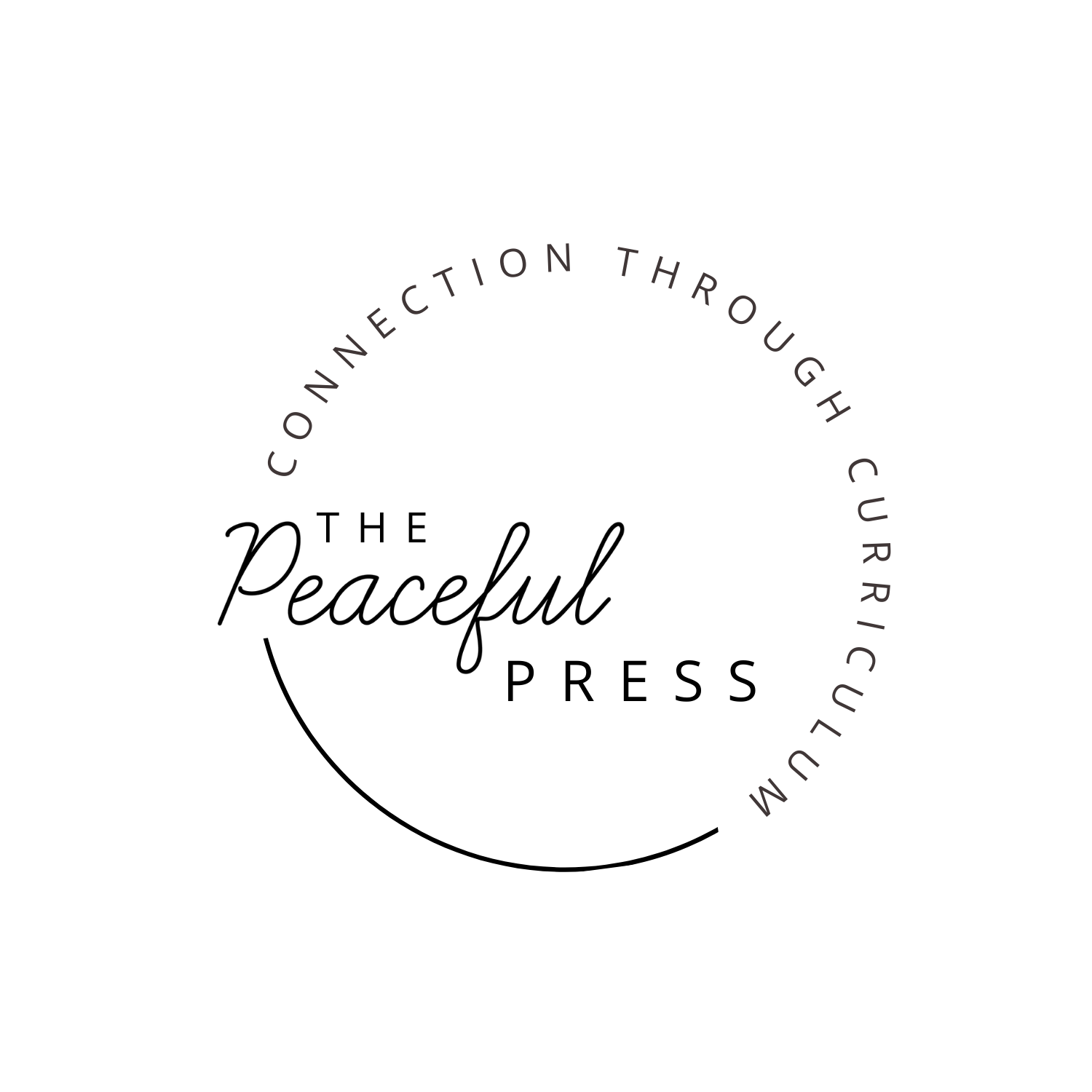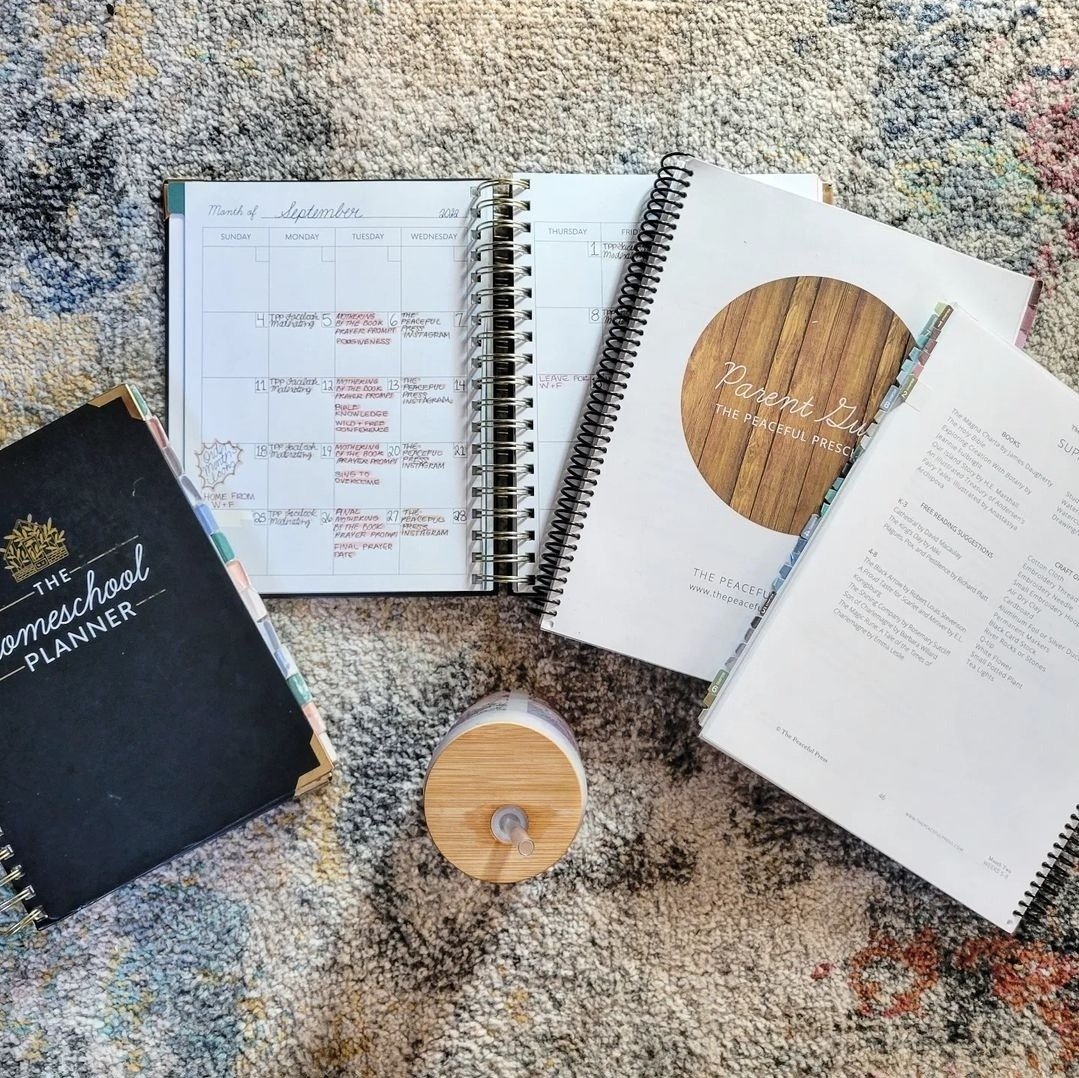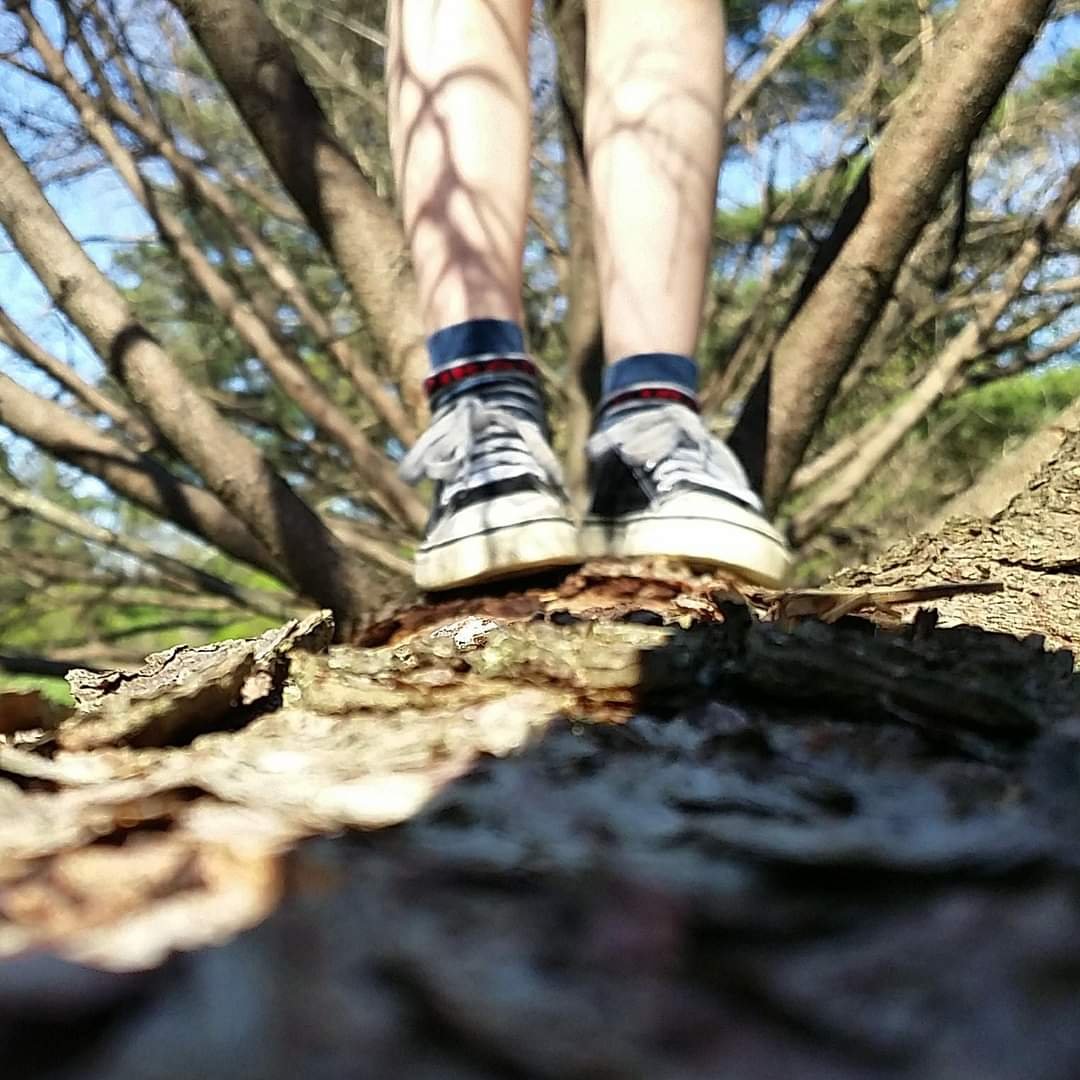Setting Up the Homeschool Classroom
Having a carefully laid out home is one important step to make learning easy for children. Even if we we don't have a specific schoolroom, we can take steps to organize our home to be an ideal learning environment. With a bit of planning it is completely possible to have a space which makes independent learning a natural occurrence. A few principles can help us organize our space to be this ideal learning environment..
#1 STRUCTURE & ORDER-
When we carefully instruct our children in basic routines, we set learning and civility in motion. In an ideal learning environment, even young children are carefully taught how to do things. Children are taught how to make their bed, get dressed, brush their teeth and wash their hands as basic, preliminary lessons. from a young age may be allowed to get their own snack and drinks but they are taught how to do it an how to clean up after themselves as well. A minimum amount of clothes are kept in drawers low enough for children to reach, and toys are also kept to a minimum. so that children can easily clean up after themselves. Tools are preferred over toys, such as a small broom and dustpan, child-sized table and chairs, and art supplies. In the school area, supplies are kept in well organized containers and children are taught to replace their supplies after use. A trash should be kept in an easily accessible place so that children can clean up after themselves. Bookshelves are organized so that young students can quickly find materials, and maps and/or globes are available for geography interaction. In the home, the book selection could be as minimal as a book basket for science books and a separate one for history and geography materials, or it could involve rooms full of books. The supplies that you purchase will depend on your budget, but some basic planning and purchasing before you start your school year will make learning happen more easily for your children, and will be well worth the investment.
#2 BEAUTY-
An ideal learning environment should be beautiful. Beauty doesn't have to require a lot of money. It can involve simple things such as just getting rid of broken toys and excess furniture. It might involve hanging a beautiful map or natural basket to keep blankets and toys in, instead of strewing them across the floor. Life with children involves lots of messes, but putting in the effort to keep your home an inspiring place to learn does have a big impact. Also, keeping the T.V. off and having a variety of lovely books, and music, in addition to devotional literature and musical instruments will make a major difference in the atmosphere of your school area.
#3 NATURE-
When children have an opportunity to interact with nature it can be both inspiring and calming for them. This is why it is important to keep your learning environment as natural as possible. Allowing fresh air to circulate or using an essential oil diffuser to create fresh air, as well as allowing plenty of natural light in, will create the kind of calm atmosphere that keeps meltdowns to a minimum. Bringing in a plant or small pet for your child to care for, as well as some field guides for identifying creation finds, will nicely round out your natural history shelf. If you have outdoor space, let your children have plenty of time daily to enjoy it.
Putting the time to create a beautiful environment is going to make a big impact on your children’s ability to learn without pressure.
Some of the wonderful resources that help support you to this end can be found in The Peaceful Preschool, The Homeschool Planner, Mothering by the Book, The Chore & Routine Pack and many more of the resources and curriculums from The Peaceful Press.




